When is a map more than a map?

With Willow Hart, Border to Gowrie project Engagement Lead, Inland Rail
Who doesn’t love a good map? In our opinion the pièce de résistance of a great infrastructure engagement session is the map!
Traditionally at Inland Rail, we have used large, rolled-up plot maps. Some have been up to 2.5m long, showing a range of information including the location of project (Inland Rail corridor), water flow paths, changes to roads, structures and so on. BUT we all know how fun it is trying to keep a once rolled-up map laid out flat, blu-tacked to the walk or tacked to a display panel without it inevitably returning to its rolled-up state. The right engagement tool but a challenging delivery technique.
Inland Rail is a once in a generation mega project, comprising 13 individual sections that span more than 1,700km. It is the largest freight rail infrastructure project in Australia and one of the most significant infrastructure projects in the world. You can read more of the impressive facts here: inlandrail.artc.com.au/keyfacts
Maps showing each of Inland Rail’s 13 individual projects don’t always fit neatly on the back of an A3 newsletter with the level of detail our communities are seeking. More detailed and larger maps can be downloaded from the website however, in regional communities, slower internet speeds often mean this may take longer than making a cup of tea to download and offer no opportunity to search or interact with.
To ensure our communities had access to the level of detail they needed in a map, we chose to deploy interactive maps across the program. The maps feel familiar to users as they use Google Maps as the base and allow community members to drop comments and questions in real time. All questions and comments, as well as our responses, can be seen by the public which offers a transparent way of providing real-time feedback and addressing issues in various geographic areas. An added bonus is the maps integrate with our Customer Relationship Management system, Consultation Manager, and our GIS, which is a huge win for those of us who appreciate sharing information and the value of good record keeping but may not love data entry. The engagement platform mapping tool we chose to use was Social Pinpoint. We currently have 11 project maps live, with two more on the way.
For Inland Rail these interactive maps have added significant value to our engagement program and we love them! They have opened dialogue with parts of the community who may otherwise be hard to reach and don’t like attending or participating in information sessions. At community information sessions they are a catalyst to start conversations and often, more importantly, hold conversations and take them to a more meaningful level. One example of this was at the Toowoomba Regional Show, where people might just take a handy branded shopping bag and provide a passing comment. Instead, people got involved with the map which we had on a huge touch screen and stayed interacting with the team and map on average for 20 minutes! People were sharing information about how land was used, where water flows, ideas for changes to local roads and seeking clarity on the proposed route. One stakeholder stayed for two hours and another landowner who was concerned their feedback would not be listened to about how they use their land and the impact of a proposed new road, chose to use the map as a public way of giving feedback. From this feedback, the design team were able to work to create a better solution that had less impact on the property. The landowner has since met with the project team and is grateful for the outcome.
Our interactive maps are holding their own in our arsenal of engagement tools. Our first maps launched in December 2018. Since then we have had over 58,600 users visit our 11 maps and 960 comments. One of the most successful engagement examples using the interactive maps has been the use of topic pins. On the Border to Gowrie project, where I work as one of the engagement leads, we sought feedback about how the local community and wider network uses roads. We received 147 comments over three months. The community shared information about their concerns as well as what types of vehicles they use, where they walk livestock, business use of roads, sizes of machinery on roads, school bus routes, emergency services routes, where roads flood and more. This information has been invaluable in the development of the proposed reference design for local road networks around the rail alignment.
Like other engagement tools there have been opportunities to make improvements and adjustments along the way. Over time we have developed a strong relationship with the platform’s developers and our digital team meets with them monthly to pass on feedback from both the engagement team and communities. This feedback has resulted in more user-friendly and up-to-date maps. It is critical as engagement practitioners that we do not only use existing platforms, but we also feed into their development with on-the-ground experience.
Currently at Inland Rail we are using the interactive maps in the planning and construction phases of each of the 13 projects to seek feedback and keep the community informed. Going forward we are looking at more ways to include additional photos, video, feedback loops about particular topics, information about the Environmental Impact Statements and to learn more about landowner properties and potential impacts.
With recent world events highlighting the need for effective online engagement tools, it is critical as engagement practitioners we continue to look for ways to maintain relationships with our community, share information and stay connected.
Willow Hart
Border to Gowrie project Engagement Lead
Inland Rail
